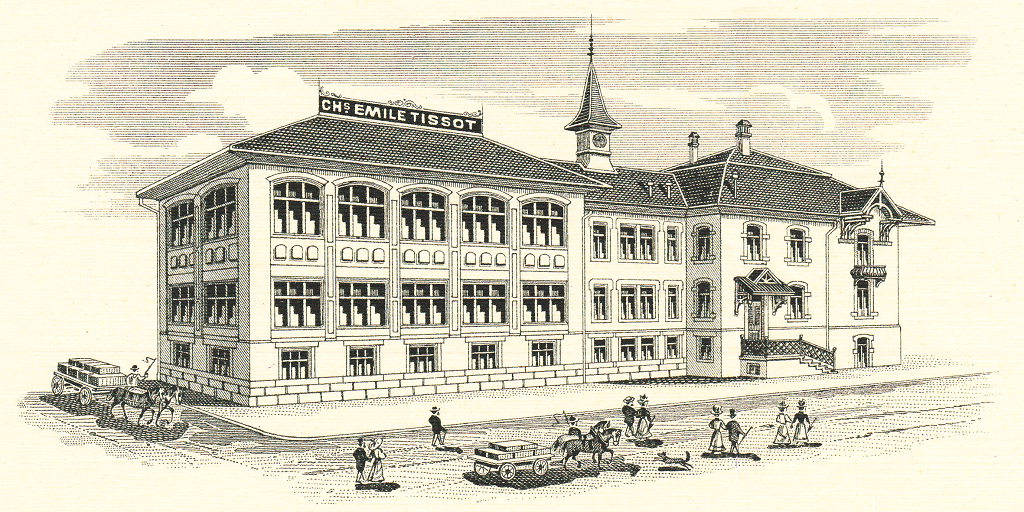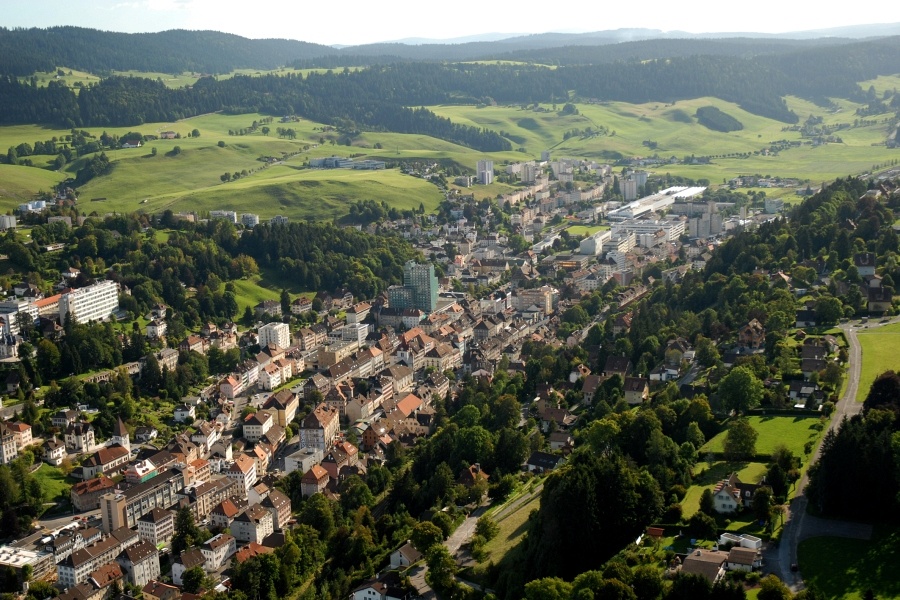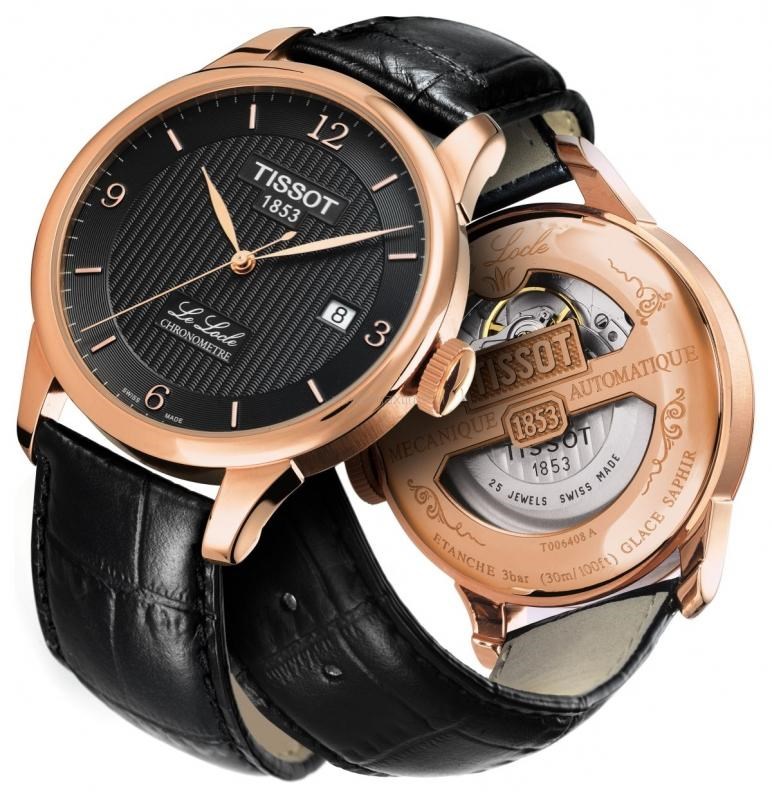Distinguished by UNESCO for its “watchmaking urbanism”, just like its neighbor La Chaux-de-Fonds, the city of Le Locle, in the Swiss canton of Neuchâtel, fully claims its watchmaking history. And for good reason, since the “city of precision” is known to be the cradle of Swiss watchmaking, thanks to the progress made by Daniel JeanRichard. An inheritance that is displayed even in the cutting of its streets.
A detour through the watchmaking history of Le Locle
The watchmaking prosperity of the town of Le Locle, which began in the early eighteenth century, is closely linked to the presence on his land of Daniel Jeanrichard. Early, the young man, from La Sagne, manages to repair a traveler’s watch himself, before embarking on the manufacture of his own model, without any assistance. He opened his studio in 1705, the first of a long series in the town.
Once installed in Le Locle, the activity quickly took off: in 1750, 77 watchmakers worked there; they are 800 half a century later! Traditional crafts, especially lace making, disappear in favor of the design and production of watches. Navy chronometers and pocket timepieces are turning the city into a major production center, especially thanks to the invention of the establishment that accelerates the workforce, before the opening of the first factories at the end of the 19th century, Le Locle – and world watchmaking – swung into industrialization. The machine tools will follow soon, with the success that we know.
This prosperity is due above all to the great inventors who have walked these lands. The main ones are: Philippe DuBois, Georges Favre-Jacot, Jacques-Frederic Houriet, Daniel JeanRichard, Jules Juergensen, Sylvain Mairet, Ulysse Nardin, Abraham-Louis Perrelet, Charles-Emile and Charles-Félicien Tissot.
A town planning adapted to watchmaking industrialization
With its 10 000 inhabitants and its icy climate in winter (up to -30 degrees regularly reached), this border town of Villers-le-Lac, in the French department of Doubs, comfortably installed between the mountains of the Swiss Jura, does not could have never been talked about if watches and clocks had not occupied such an important place. But here it is: the predominance of the mechanisms of precision was such that, quickly, under the impetus of the workshops that are multiplying, the city is transformed into a real watchmaking city. At the beginning of the 19th century, three unfortunate fires, one after the other, partially destroyed the town and decided the authorities to revise its urban planning entirely: it will now be exclusively turned towards the production of clocks, as if the city itself were becoming a production tool.
This astonishing example of urban planning ordered according to a single-industry activity was distinguished by UNESCO, which included the urban planning of the Locle in 2009 in the world heritage of humanity, at the same time as that of its neighbor La Chaux-de-Fonds. In these two cities, the progress and needs of watchmaking industrialization transformed the neighborhood plan: a checkerboard pattern, open and forming parallel strips; working-class neighborhoods with the large workforce needed to make watches and clocks; and buildings designed to be both workshops and housing.
A heritage more alive than ever
Far from relegating this watchmaking heritage to the past, Le Locle continues to showcase its watch culture through the Jura mountains. Fans of timepieces are invited to participate in many activities, including a Watchmaking Course. It unfolds its 39 stages, starting from the Place du Marché, to discover the city and its heritage dedicated to the creators of watches of yesterday and today, before concluding with a visit guided tour of the Clock Museum located at the Château des Monts. Inside, it’s alluring wonders awaiting lovers of precision: a collection of clocks and watches, tools and machines, mechanisms and automatons. All proposed at the look in a magnificent home of Louis XVI style, former property of a master-watchmaker of the vintage.
In addition, in collaboration with La Chaux-de-Fonds, Le Locle hosts annually, since 2010, a Biennale of the watchmaking heritage. An additional opportunity to visit the buildings and workshops that forged the heritage of the Locle, but also to enter the most modern factories.
Le Locle continues its great tradition of watches
Today, the economy of Le Locle continues to flourish – in a clockwise sense, of course. The oldest and most famous workshops (Audemars Piguet, Tissot, Rolex, Ulysse Nardin, Zénith) rub shoulders with recently established companies (Jossi, established in the Precision City in 1974), and manufacturers of pointed mechanisms are close to designers of dials and other engravers (like Metalem or Jean Singer & Cie). Even the watches pay tribute to the city: launched on the occasion of the 150th anniversary of Tissot, the Tissot Le Locle Automatic honors the timepieces that preceded it.
And because the tradition deserves to be perpetuated, Le Locle also supports the training of the future great watchmakers of the vintage, through two institutions: the High School Arc Engineering; and the Technical School of Le Locle, also known as the Interregional Training Center for the Neuchâtel Mountains (Cifom-ET), founded in 1868 and divided between the trade school, the technical vocational school and the technical college.
In Le Locle, the watchmaking tradition is a mechanism that plays all its work to continue to work. And, like Time itself, this mechanism is not ready to stop.


 Français
Français

